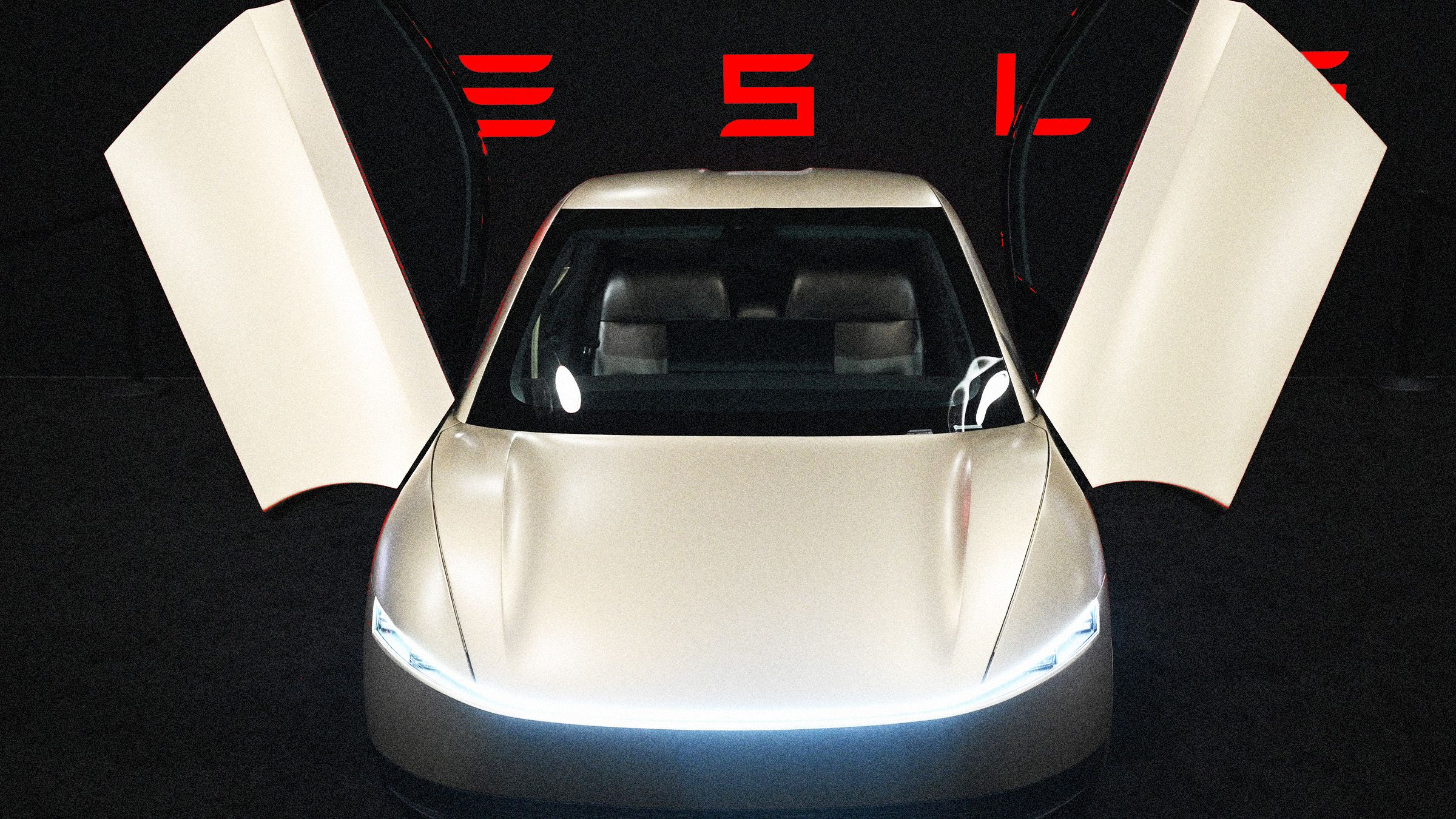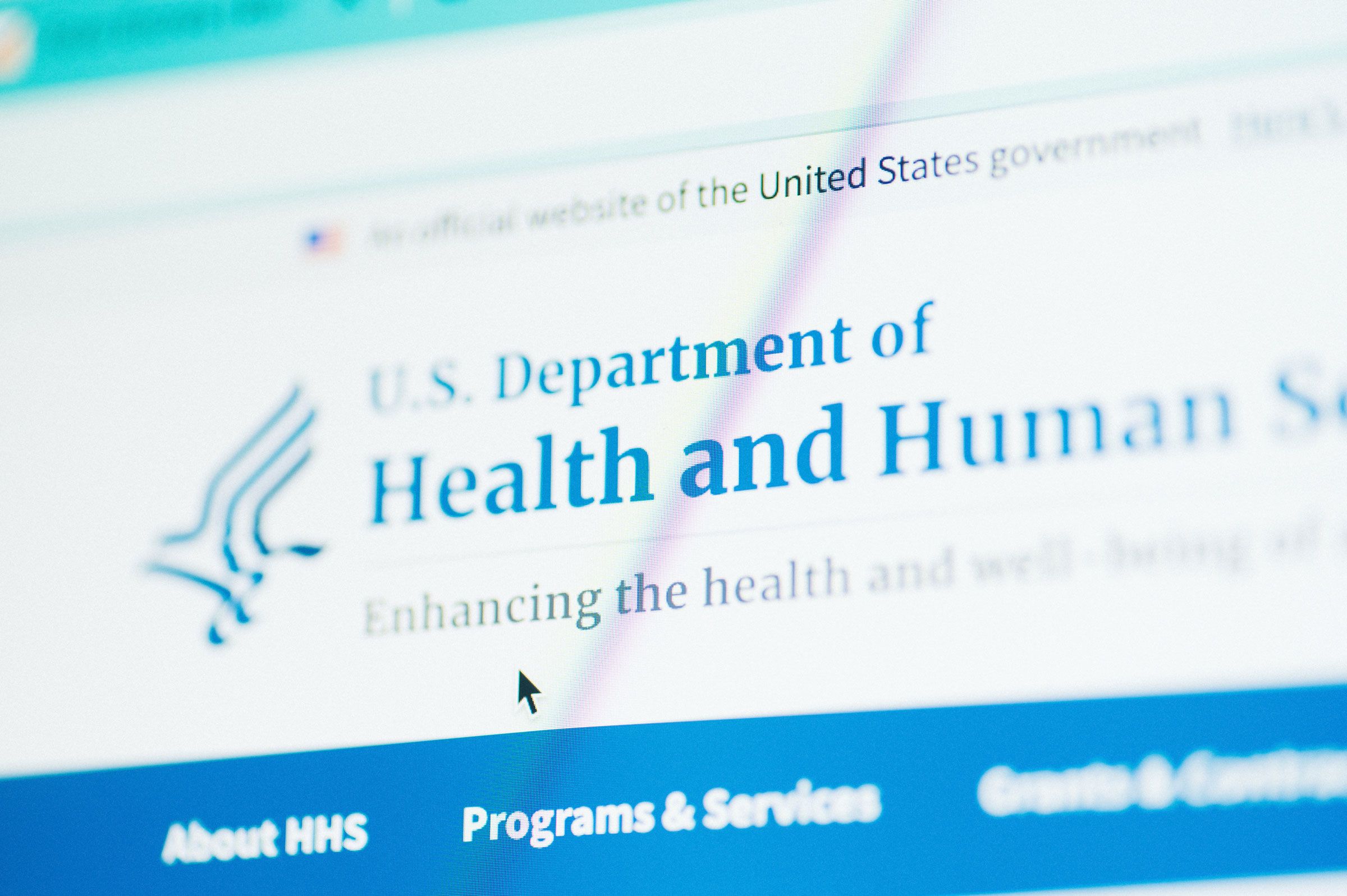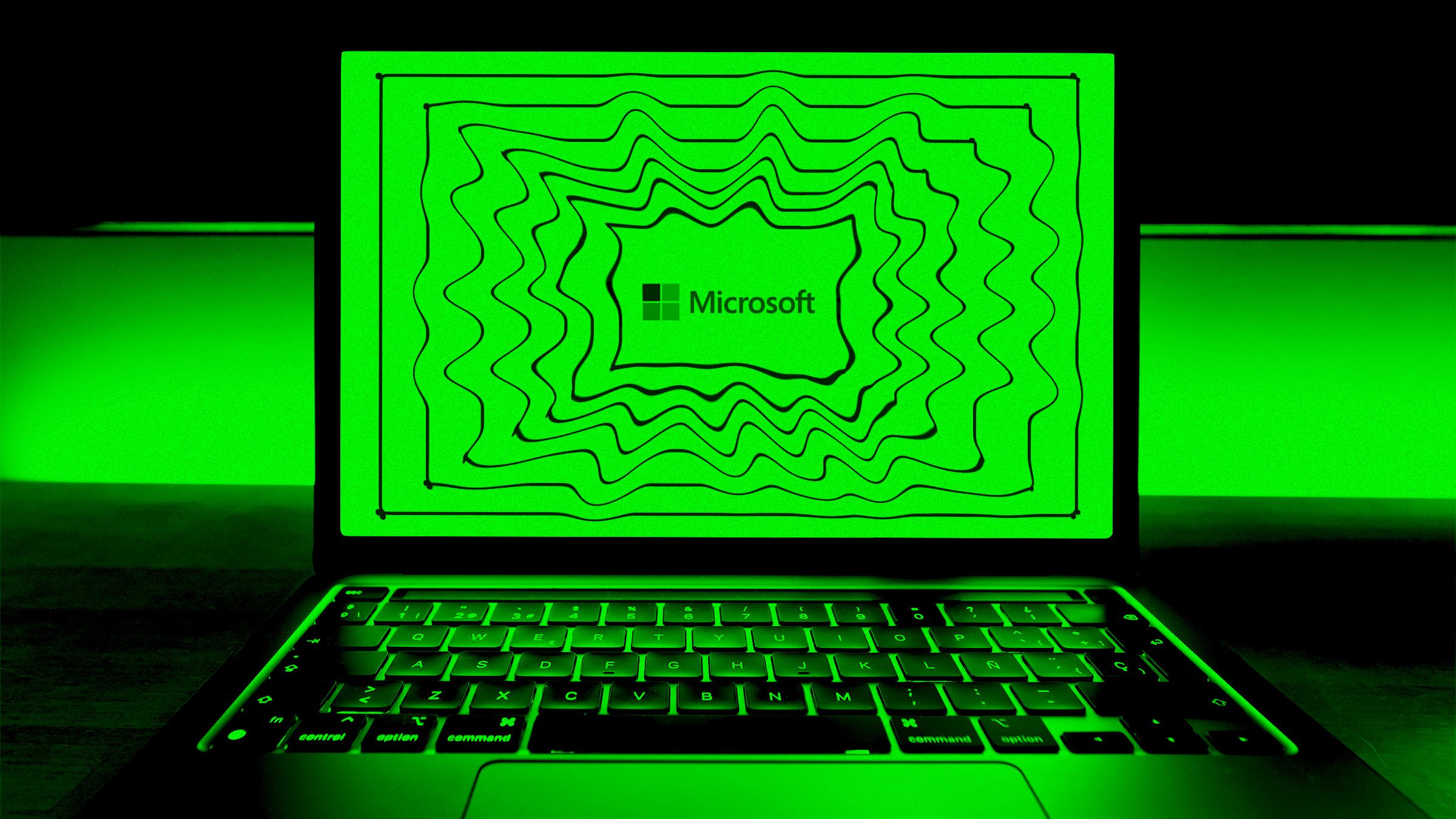[[{“value”:”
In the decade I’ve been aurora-hunting around the globe, from the fjords of Greenland to the waterfalls of southern Iceland, never once did I expect to catch a strong and colorful overhead display of northern lights from my neighborhood park in light-polluted, low-latitude Cleveland.
But that’s just what happened during the dazzling aurora show from May 10 to 11, a surreal event that brought green, pink, and red auroras to nearly all 50 states (including Hawaii)—the result of the strongest geomagnetic storm in over 20 years, according to NASA. In fact, our current solar cycle is more powerful and active than first predicted; it’s sparking grander than anticipated aurora displays around the world, including many at lower latitudes in states like Colorado and Texas.
Ouray, Colorado (Ryan de Vries)
Deep Cove, British Columbia (Mike Ardagh)
Park City, Utah (Jade Curtis)
East Bay of San Francisco (Andrew Crow)
More dramatic nights of this nature in the lower 48 lights could be in store—and soon. According to space-weather experts, the predicted boom in aurora activity is only beginning.
Why is this happening now? Briefly: The sun runs through roughly 11-year stretches of activity, known as a solar cycle. Scientists now believe that this cycle’s peak—called the solar maximum—will likely happen in late 2024, continue through 2025, and potentially even into 2026. Last month’s show could be a mere preview of a busy aurora year ahead, and it’s keeping avid lower 48–based northern lights hunters, like me, on our toes. Want to join us?
Consider this your crash course in all things aurora chasing. I’m sharing my exact method for tracking these elusive lights in the contiguous U.S., with details on the best space-weather experts to follow and the top places to catch the spectacle.
How Auroras Work
An aurora over Cleveland on May 10. The author was prepared with her unobstructed sightline the night of the historic event. (Photo: Courtesy Stephanie Vermillon)
First, to understand how to chase the northern lights, it’s important to know a bit of the science behind these occurances.
Storms on the sun’s surface, which present as dark sunspots, catalyze the lights we admire on earth. These weather events fling charged particles into the solar system as solar flares (quick bursts of light and radiation) and powerful coronal mass ejections, also known as CMEs (eruptions with billions of tons of plasma, which often include solar flares). When solar winds quickly push these particles in our direction, they hit earth’s atmosphere and react with gases like nitrogen and oxygen to create colorful ribbons of light, which usually congregate in auroral ovals around the north and south poles.
According to the National Oceanic and Atmospheric Administration (NOAA), CMEs generate earth’s most significant geomagnetic storms—measured on a scale from G1 (minor) to G5 (extreme)—which are associated with vibrant northern and southern lights. The major mid-May event we saw in the U.S. sparked from at least seven CMEs and numerous strong flares. Many of these CMEs simultaneously struck our atmosphere on May 10, causing the kind of G5 geomagnetic storm we haven’t seen since 2003, according to NASA. A dark sky, thanks largely to a dim waxing crescent moon, made the show even brighter
All that’s to say: Although last month’s event was rare, we could absolutely see this again, or several more times, throughout solar maximum. But you don’t need the solar storm of the decade to enjoy northern lights in the lower 48. I successfully caught a less talked about aurora show on Michigan’s Upper Peninsula just a few days before the historic mid-May show. Here’s how you can do the same.
Important Aurora-Tracking Numbers
If you’ve read any news blasts about potential aurora sightings, you’ve likely seen one measurement: Kp. This metric, which stands for planetary K index and runs from Kp0 (quiet) to Kp9 (strong), measures the severity of disturbances in earth’s magnetic field. I track Kp with the app SpaceWeatherLive and think of the index as the first step in aurora chasing; it can help you determine whether or not lights may appear from your viewing location. This NOAA map is particularly relevant:
(Illustration: NOAA)
I also use SpaceWeatherLive to monitor Bz, which indicates the magnetic orientation of solar winds. It’s more accurate for determining real-time lights probabilities, especially in the continental U.S. A negative Bz (anything below zero, such as -10nT), means the solar winds are more likely to latch onto earth’s magnetic field and create auroras. A rule of thumb: the more negative the Bz, the better your odds—and the likelier you are to spot them in lower latitudes.
Solar wind speed and density are also important, and shared in aurora apps, too. Quicker winds typically create stronger storms with eye-popping lights. Additionally, the higher the density of solar winds (e.g., the more charged particles), the brighter and more powerful the ribbons.
Another thing to keep in mind with aurora predictions is timing. It needs to be dark outside for visible auroras, yet the arrival of a CME is tough to pin down; sometimes they hit earth within a day, other times it takes several, according to NOAA. Predictions made days, or even hours, in advance are so-so, especially for chasers in the lower 48, since we need more things—ample storm strength and Bz, for example—to line up for a sighting. That’s why I’ve honed my own tracking system, which has resulted in multiple successful lower-48 chases each year for the past four years.
My Process for Tracking the Northern Lights in the Lower 48
1. Download the right apps.
As I mentioned, I swear by SpaceWeatherLive, a free app that provides data on not just Kp, but Bz, solar wind speed, and density. I also receive alerts from the app following any solar flare or CME. Aurora Alerts also provides these measurements in an easy-to-understand visual format.
2. Next, look to the experts.
When I receive multiple alerts within a day or two (the pinging was nonstop in the lead-up to May 10), I turn to my favorite space-weather professionals for their expert analyses. Most share their insights on X (formerly Twitter), including Chris Wicklund, the NOAA Space Weather Prediction Center, SpaceWeatherLive, and Space Weather Watch.
3. Use a dark-sky map to determine the best viewing location.
It’s unusual to have auroras sashay overhead in the contiguous U.S.; often the show is happening hundreds of miles away, near the poles, so any pillars you see are at a distance. In America, they appear closer to the northern horizon, so to see them you need a viewing spot with minimal north-horizon obstructions, like a large lake. (Here are some ideal places to chase the northern lights in our national parks—recommended perches included).
You also want a viewpoint that’s far from light pollution. Sure, during the powerful May 10 show, the aurora borealis was strong enough to break through artificial lights in places like Cleveland, but like everything about that strong storm, it was a rarity. Use this dark-sky map to find a spot that’s green or, better yet, blue or gray. Not only will this increase your odds, but it will offer locations where colors are more visible to the naked eye, as light pollution dilutes the vibrancy.
If aurora experts confirm the likelihood of lights, and I’m in a location where I could potentially see them, I prepare for a long night—blankets and snacks included.
Watercolor-like lights brush the night sky from Lake Erie near Cleveland on May 10. (Photo: Courtesy Stephanie Vermillion)
4. Find a north-facing viewpoint or travel to a more northerly locale.
For potential light shows visible in my home city, Cleveland, I already have a few north-facing viewpoints I’ve scouted over the years. But more commonly I’m chasing lights during trips to Michigan’s Upper Peninsula. During these getaways, I strategically book accommodations or campsites with north-facing views over a lake. That way I can easily roll out of bed or my sleeping bag to scout.
5. Find an online aurora interest group.
When it’s finally time for the lights—which can happen as soon as it’s dark, although NOAA says that between 10 P.M. to 2 A.M. are historically best—I head to the Great Lakes Aurora Hunters Facebook group (pending cell service). This online gathering unites over 80,000 lights chasers from the Midwest and beyond. Another more geographically widespread option is Northern Lights Alert, which includes enthusiasts from around the world. Members share real-time updates of what they’re seeing in the sky, and the excitement is contagious as the Bz dips negative. This community is also a great resource to keep tabs on what’s happening nearby or in a location with a similar latitude.
6. Put your phone camera to work as a spotting tool.
The author has taken many magnificent photos of the northern lights around the globe. (Photo: Courtesy Stephanie Vermillion)
If I don’t have cell service or Wi-Fi, I use my iPhone camera to intermittently scout the horizon. Cameras, even those on smartphones, are more sensitive to color and light than our eyes. My iPhone picks up the lights before my eyes do. During some trips, I set my alarm to wake me up every hour for a test shot. This led to one of my all-time favorite shows during a backpacking trip on Michigan’s Isle Royale National Park.
7. Learn how to shoot nighttime photos.
I photograph auroras with mirrorless cameras, like the Sony A7R IV, known for its low-light prowess, as well as a wide-angle lens. A tripod is also essential for stabilization, since I need a long shutter speed— usually between two to ten seconds, depending on how quickly the auroras are moving—to let more light in. Shaky hands make the image blurry and out of focus. The latest smartphones are increasingly impressive during low-light situations, too.
The author took this beautiful silhouette selfie one night while chasing the northern lights in Iceland. (Photo: Courtesy Stephanie Vermillion)
If you’re using an iPhone—the best cameras for this kind of shooting are on the iPhone 12 or newer iterations—night mode will automatically activate beneath a dark sky. Click the half-moon icon to turn the shutter to at least three seconds (or even better, ten seconds for a brighter photo). Keep the image crisp by setting your phone on a tripod or makeshift one. (For example, I took this Isle Royale time-lapse video by stabilizing my camera on a packing cube full of socks.) Finally, if you have it, make sure your iPhone’s raw mode is activated so you have more editing control. (Check out a quick aurora-photography tutorial here.)
I’ve been successfully chasing the northern lights in the lower 48 since 2020 using this tracking system. That said, nothing is guaranteed. If you really want to see the aurora borealis and have the means, I recommend traveling far north. From fall through spring, your odds of catching the lights are significantly higher in hot spots like Alaska, Iceland, or Norway, where aurora tours and lights-friendly accommodations abound. Plus, the intensity and colors are much more striking there, given the show usually happens right above your head.
If this sounds up your alley, here are some of my favorite places around the world to chase the northern lights.
A fan of dark skies, the author has her outdoor setup for aurora chasing dialed. (Photo: Courtesy Stephanie Vermillion)
Stephanie Vermillion is an adventure and astrotourism writer and the author of the upcoming National Geographic book 100 Nights of a Lifetime: The World’s Ultimate Adventures After Dark, out December 3.
The post A Guide to Northern-Lights Watching in the U.S. appeared first on Outside Online.
The post A Guide to Northern-Lights Watching in the U.S. from Outside tzemke appeared first on Tom Bettenhausen’s.
“}]] Article Continues..















